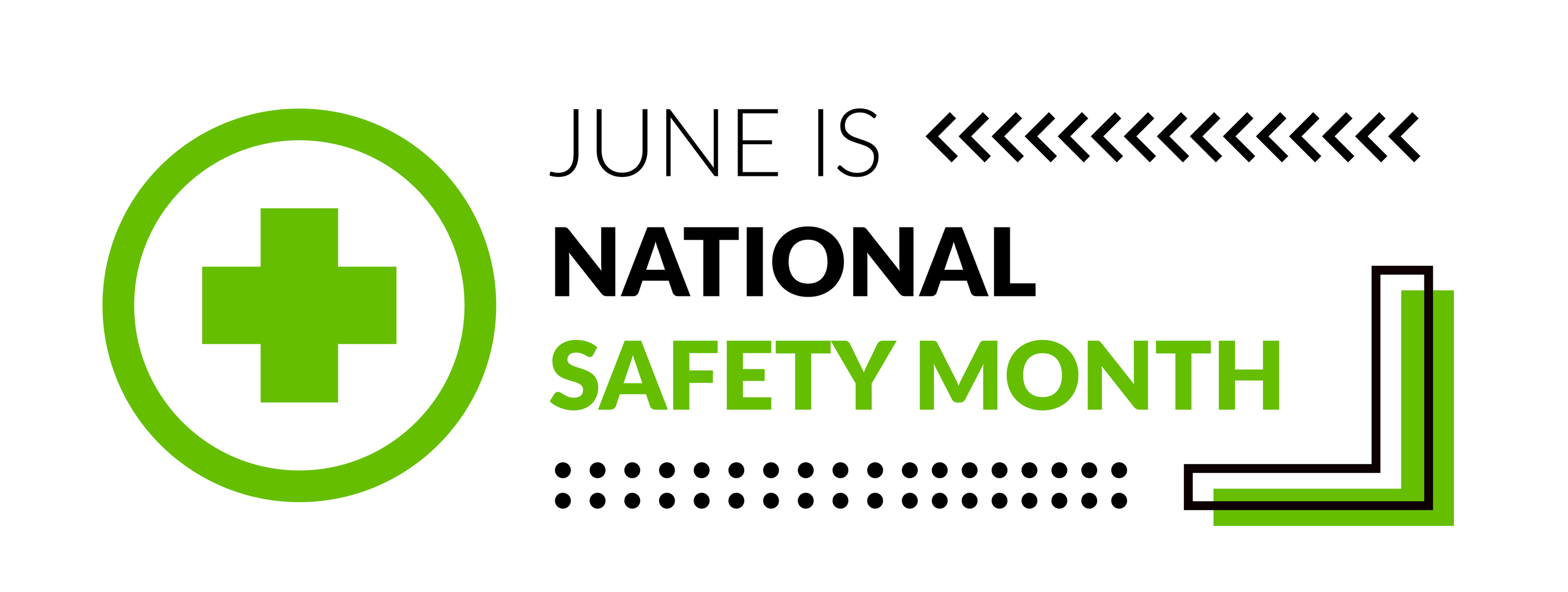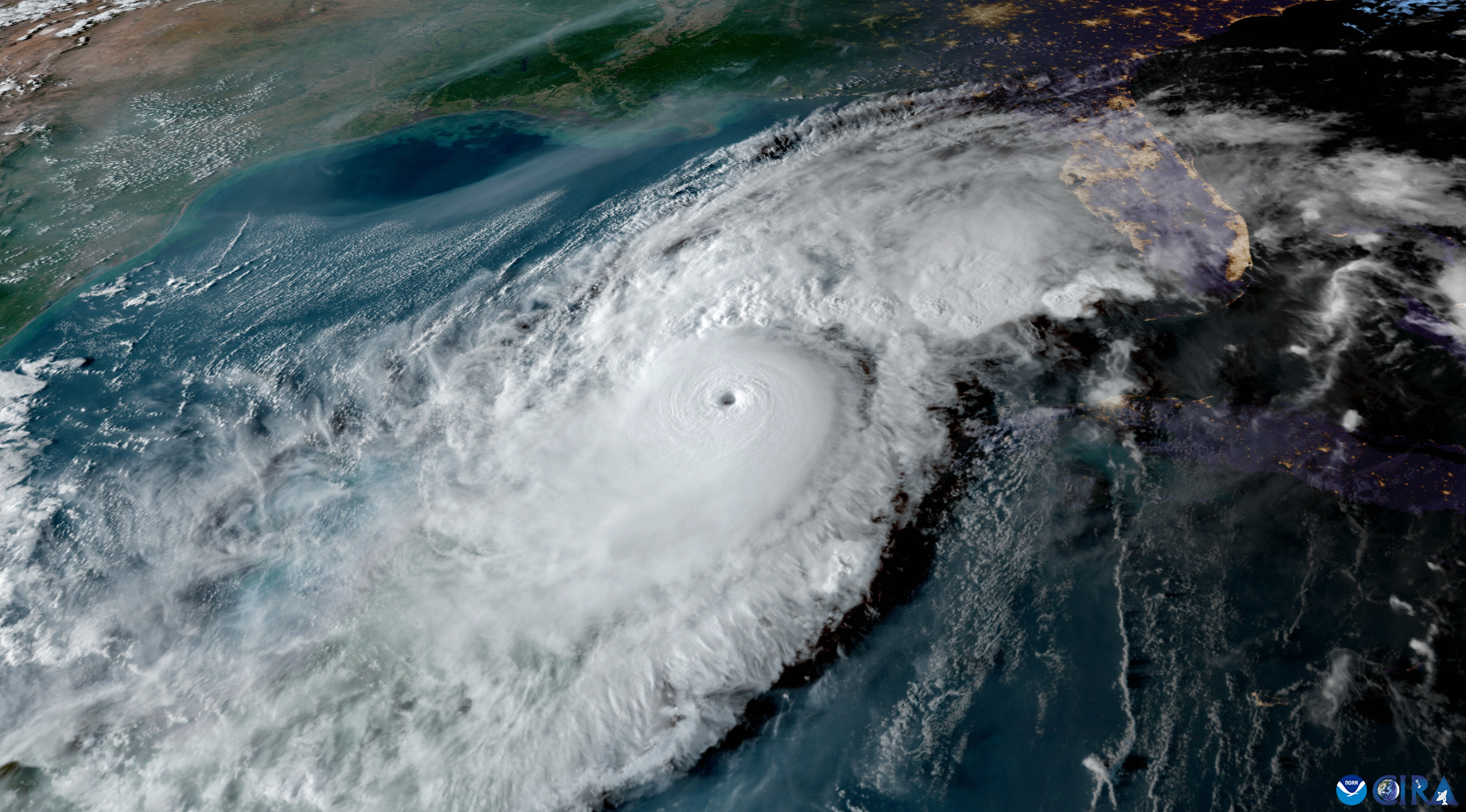This article originally published in Construction Business Owner, June 2015.
By Carl M. Bloomfield, AAI, Vice President and Jeffrey A. Spatz, CHST, CET, Assistant Vice President
It was 1:00 a.m. on an October night several years ago when a client called with horrific news. On the other end of the line, a contractor uttered the words, “There’s been an accident.” He paused and then continued, “Two of our workers are dead.” He went on to explain that a motorist drove into the work zone, striking and killing two employees. “What do I do?” he asked. The practical steps necessary for the investigation were reviewed, as were the steps to notify the victims’ families and OSHA. Finally, it was explained how his insurance broker would instantly mobilize its claims, safety and risk management personnel to assist. Despite all the procedural guidance given over the phone that night, two men still prematurely lost their lives and all the insurance support would never reverse such a tragedy. But that doesn’t mean there aren’t lessons to be learned for even the most seasoned road and highway contractors.
While work zone fatalities declined 47 percent between 2003 and 20131, it’s still no secret that highway and road contractors have risky jobs. Ask anyone with experience in highway construction about safety and they will sadly share stories of near-misses and tragedies in work zones that they have either witnessed or heard about. While highway and road workers face multiple hazards including struck-by, falls, impalement, fatigue, and silicosis to name a few, they are by no means the only parties exposed to work zone hazards. Motorists, bicyclists, and pedestrians are often victims of work zone accidents regardless of who is at fault.
According to the Fatality Analysis Reporting System (FARS) which is maintained by the National Highway Traffic Safety Administration (NHTSA), 579 fatal motor vehicle crashes occurred in U.S. work zones in 20132 – that is one work zone fatality every 15 hours. Texas, California and Florida were the three most fatal states – comprising 39 percent of the country’s total work zone fatalities in 20132. Beyond motor vehicle-related fatalities, an additional 105 fatal occupational work zone injuries occurred at road construction sites in 2013.3
Beware of Motorists
When it comes to work zone accidents caused by or involving motorists, investigations have shown a set of common contributing factors:
- The motorist didn’t see
- The motorist didn’t know what to do
- The motorist didn’t know where to go
- The motorist didn’t have time to react
- There was a worker or equipment in the traffic lane
It can be argued that too many drivers are distracted and impatient. But, despite the accuracy of that argument, road and highway contractors are not powerless when it comes to work zone safety. Adhering to a set of standard best practices can reduce risk, minimize hazards and afford greater control over contractors’ destiny – and the destiny of everyone on the road.
Remember FADS
F—Flow: Affect the flow of traffic as little as practicable
A—Attention: Get the attention of the motorists quickly and effectively
D—Direction: Provide clear direction to the motorists to guide them through and around the work zone
S—Separation: Whenever possible, separate hard (vehicles and equipment) from soft (personnel) using barriers or road way closures
With FADS in mind, consider the following rules:
1. Make work zone safety central to every project from planning through design and construction
Whether it is a couple of workers performing a small repair or maintenance project on or along a roadway, or dozens of workers on a major highway or bridge project, both projects are equally susceptible to risk. Regardless of project scope and scale, all workers must be highly visible at all times while in work zones. High-visibility garments should meet the most-current American National Standards Institute (ANSI) and International Safety Equipment Association (ISEA) standards and be maintained in strict accordance with those standards. Work zone lighting should be staged to illuminate the work area without blinding approaching traffic or motorists adjacent to the work area. Equipment and vehicles should be equipped with strobe lighting that makes them instantly visible to other workers, operators, and motorists.
2. Plan work zones with the understanding that drivers will only reduce speeds if they clearly see a need to do so
When work zone signage is left uncovered during inactive work periods, motorists may be inclined to disregard cautionary signage at a later time when driving through the work zone during a period of activity.
3. Use traffic control means and methods that are clear, predictable, and consistent
Motorists respond to signage and traffic control devices better when they meet these three criteria. Work zones with an overabundance of signage or odd layouts that cannot be navigated without difficulty will only add to the inherent risks of work zones.
4. Avoid frequent and sudden changes in work zone layout
Traffic that is flowing smoothly is generally considered to pose less of a risk than traffic that is forced into sudden lane changes.
5. Use only clean and well-maintained channelizing devices
Plaintiff attorneys maintain that they can gain a significant advantage against a defendant (i.e. contractor) simply by showing the channelizing devices used in the work zone at the time of an incident. Devices that are poorly maintained are less visible to motorists and hamper the ability to establish authority in a work zone and they diminish company image. The money saved by using dirty, shabby devices will be negligible if there is an incident.
6. Use concrete barriers or road closures when possible to maintain a separation between workers and motorists
While doing so is often contingent upon the project owner or transportation authority and other factors, using concrete barrier to separate workers and traffic can significantly reduce risk and allow workers to focus on activities.
Beware of Thyself
While the above rules serve to reduce the risks of an unfavorable motorist/road worker interaction, what about the hazards to road workers from construction equipment, vehicles, and activities, within the work zone? Some of the items mentioned above, particularly with regard to planning, are certainly applicable here as well. In this case, planning should include ensuring that work zone personnel are familiar with and in compliance with applicable safety requirements. Additional best practices include:
- Ensure all vehicles and mobile equipment operating within work zones are equipped with back-up/travel alarms that are distinguishable above the surrounding noise
- Ensure cab glass on all vehicles and mobile equipment is maintained in a clean condition and free from damage
- Ensure that occupants of vehicles and mobile equipment (equipped with Roll Over Protection Structures) wear seatbelts regardless of terrain
- Train workers-on-foot to recognize vehicle and mobile equipment blind spots and to make eye contact and communicate with operators before entering such areas
- Equip vehicles and mobile equipment with cameras that cover critical blind spots
- Use work zone intrusion alarms to give workers immediate warning
- Position crash trucks and vehicles to optimize worker protection
- Use traffic control devices that meet National Cooperative Highway Research Program (NCHRP) Report 350 criteria
Mind the Mod Factor
Work zone safety affects not only the welfare of employees and the general driving public, but it impacts the financial well-being of the construction company. Without a reliable and steady workforce due to injured workers, production can slow causing increased project costs.
A potentially even greater cost can be the long term increase to insurance premiums. For example, employee injuries impact a company’s experience modification factor for three years and will stay in the insurance company’s loss experience used to underwrite the account for a minimum of five years. This has a direct impact on workers compensation costs, but also a rising experience modification factor could limit the ability to bid work if it is above a 1.0. In addition, work zone accidents often give rise to third-party liability claims. Such claims involve significant costs and impact the company’s general liability and possibly umbrella liability for at least five years.
Another insurance matter to consider is an effective contractual risk transfer strategy requiring additional insured coverage and indemnification from subcontractors to shift liability away from a company in the event something does happen in a work zone. Also, partner with insurance and risk management professionals who are well prepared and qualified to respond 24/7 to emergency accident situations. After an accident, the first priority is the health and safety of all those involved, but the second priority is to begin the accident investigation process and preserve evidence under attorney-client privilege. The longer it takes to begin this process, the more difficult it will be to preserve crucial evidence that can help reduce a company’s liability in a claims scenario.
Act Now
Remember, once an incident occurs there is nothing than can be done to reverse it. The power of safety is in prevention, not repair. Taking action now, to reduce the risks, will save lives and help preserve the financial well-being of contractors.
Sources
- “Work Zone Fatalities | WorkZoneSafety.org.” Work Zone Fatalities | WorkZoneSafety.org. Fatality Analysis Reporting System (FARS) Maintained by the National Highway Traffic Safety Administration (NHTSA), 6 Jan. 2015. Web. 04 Feb. 2015. <http://www.workzonesafety.org/crash_data/workzone_fatalities>.
- “Fatalities in Motor Vehicle Traffic Crashes by State and Work Zone (2013) | WorkZoneSafety.org.” Fatalities in Motor Vehicle Traffic Crashes by State and Work Zone (2013) | WorkZoneSafety.org. Fatality Analysis Reporting System (FARS) Maintained by the National Highway Traffic Safety Administration (NHTSA), 6 Jan. 2014. Web. 04 Feb. 2015. <http://www.workzonesafety.org/crash_data/workzone_fatalities/2013>.
- “Fatal Occupational Injuries at Road Construction Sites, 2003-2013.” U.S. Department of Labor, Bureau of Labor Statistics, in Cooperation with State, New York City, District of Columbia, and Federal Agencies, Census of Fatal Occupational Injuries (n.d.): n. pag. Web. 4 Feb. 2015. <Fatal occupational injuries at road construction sites, 2003-2013>.
Additional Reader Resources:
- For additional best practices and ideas pertaining to work zone safety technologies and techniques, please visit the U.S. Department of Transportation Federal Highway Administration’s “Public Roads” webpage for the latest developments in Federal highway policies, programs, and research and technology: https://www.fhwa.dot.gov/publications/publicroads/14marapr/06.cfm
- NCHRP Report 350: http://onlinepubs.trb.org/onlinepubs/nchrp/nchrp_rpt_350-a.pdf
Debnath, Ashim Kumar; Blackman, Ross; Haworth, Narelle. Safety Science. February 2015
Wood, Joanne M.; Marszalek, Ralph; Lacherez, Philippe; Tyrrell, Richard A. Accident Analysis & Prevention. September 2014
Debnath, Ashim Kumar; Banks, Tamara D.; Blackman, Ross A.; Dovan, Nathan; Haworth, Narelle L.; Biggs, Herbert C.. Proceedings of the 5th International Conference on Applied Human Factors and Ergonomics AHFE 2014, Kraków, PolandPoland, July 19-23, 2014. 2014

Philadelphia, PA, 19102

Philadelphia, PA, 19102



